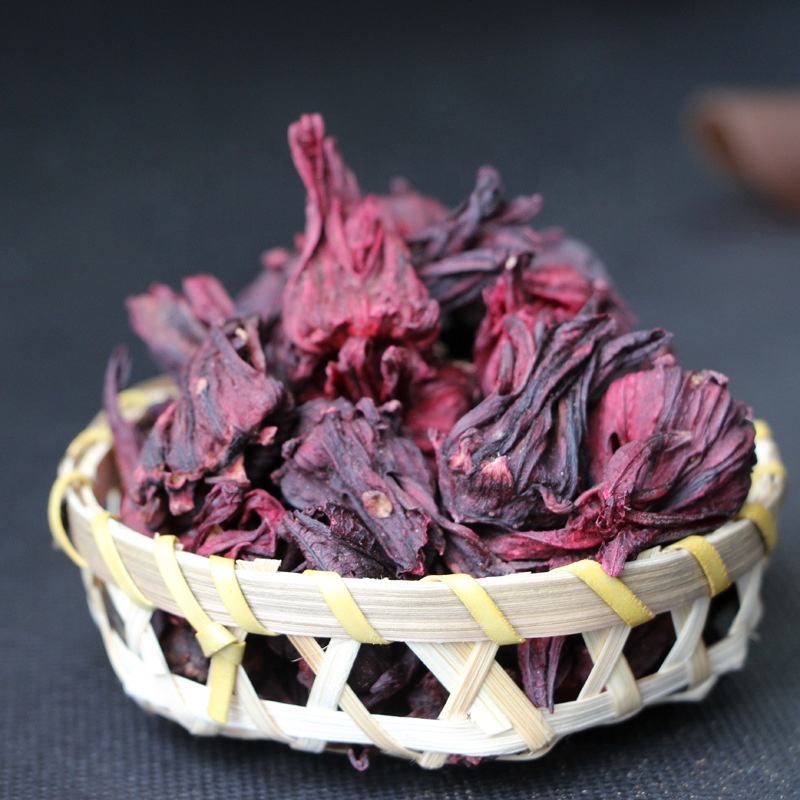Hibiscus flowers are vibrant and colorful blossoms that belong to the Hibiscus genus, which includes hundreds of species. These flowers are known for their large, trumpet-shaped blooms and are commonly found in tropical and subtropical regions around the world. Here are some key features and information about hibiscus flowers:

1.Appearance: Hibiscus flowers typically have large, showy petals and a distinct central structure called the stigma or pistil. The flowers come in a variety of colors, including red, pink, yellow, orange, white, and purple.
2.Varieties: There are many species of hibiscus, and some of the most well-known include the Hibiscus rosa-sinensis (tropical or Chinese hibiscus), Hibiscus syriacus (rose of Sharon), and Hibiscus sabdariffa (roselle or sorrel).
3.Cultural Significance: Hibiscus flowers hold cultural significance in various parts of the world. For example, in Hawaii, the hibiscus is the state flower and symbolizes the beauty and charm of the islands.
4.Uses:
Ornamental Purposes: Hibiscus flowers are widely used as ornamental plants in gardens and landscapes due to their attractive blooms.
Culinary Uses: Some species, such as Hibiscus sabdariffa, are used for culinary purposes. The dried calyces of this variety are used to make hibiscus tea, a popular herbal beverage known for its vibrant red color and tart flavor.
Medicinal Uses: In traditional medicine, hibiscus has been used for various medicinal purposes. Some studies suggest potential health benefits, including antioxidant properties and the ability to help lower blood pressure.
5.Growing Conditions: Hibiscus plants generally thrive in well-drained soil and prefer a sunny location. They are often cultivated in tropical and subtropical climates but can also be grown in containers in colder regions.
6.Symbolism: Hibiscus flowers can symbolize various meanings, including beauty, femininity, and delicate charm. The specific symbolism may vary across cultures.
7.Hibiscus in Art and Literature: The vibrant and exotic appearance of hibiscus flowers has made them a popular subject in art, literature, and symbolism, representing different themes and emotions.
Whether used for their aesthetic appeal in gardens, as ingredients in beverages, or for their cultural significance, hibiscus flowers are versatile and cherished in various parts of the world.